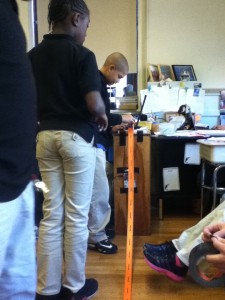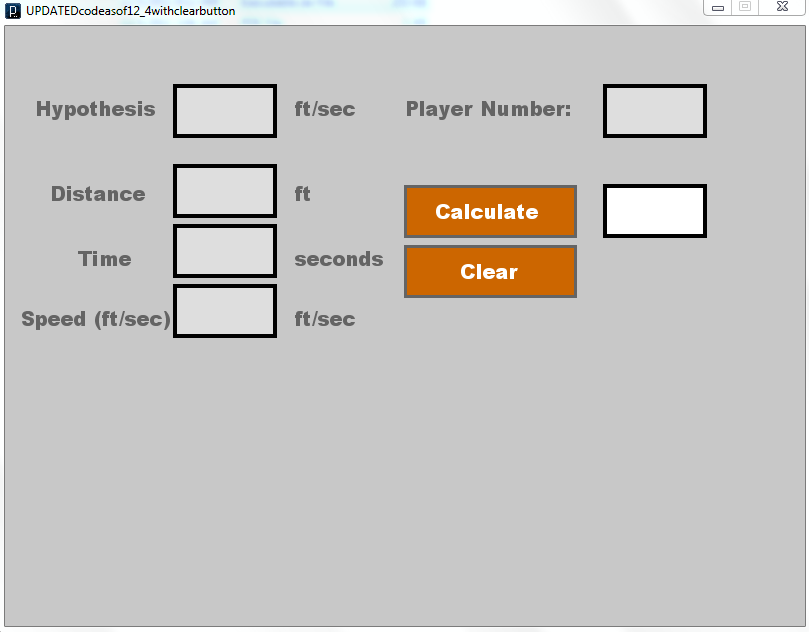Learning Objectives
Dec 7th, 2011 by finkej4
Learning Objectives
Our goal is to harness both childrens’ competitive nature as well as their fascination with speed to teach them simple physics concepts as well as aspects of the scientific method.
Speed = Distance/Time Avg. Acc. = (Change in Velocity) / (Change in Time)
We focused on the simple concept of calculating speed from time and distance.
Our strongest asset with this experiment is the relatability the children have to the subject. By using toy cars, we are incorporating a childhood activity that they are accustomed to. Additionally, speed is part of every day life whether it is traveling by car, walking, or even riding their bike. It is important to know how long it will take to travel somewhere yet incorporates more than the standard two cars traveling at different speed and figuring out who will arrive first.
Children will first measure the track to determine the distance over which they will be making calculations. From this, children can make a hypothesis(educated guess) for the speed the cars will travel by estimating the time that it will take the cars to travel the distance. This information will be calculated using a micro controller and accompanying program, both known as Arduino. This data is then sent to a program known as Processing to display the information. Another section of processing code then calculates the actual speed and gives the children a readout. Next, the children will be able to complete a number of trials to obtain a frame of reference for the remainder of the activity
There are numerous options for expandability with this experiment. From the readout, children could learn to calculate percent error in relation to their hypothesis. By incorporating topics like this, children are able to grasp larger concepts than simple math and physics. Additionally, allowing more advanced children to isolate different variables and manipulate the formulas offers different learning outcomes. There are also various versions of the codes which can calculate difference variables such as time, average velocity, final velocity and average acceleration. These can be calculated in a variety of units as well.



